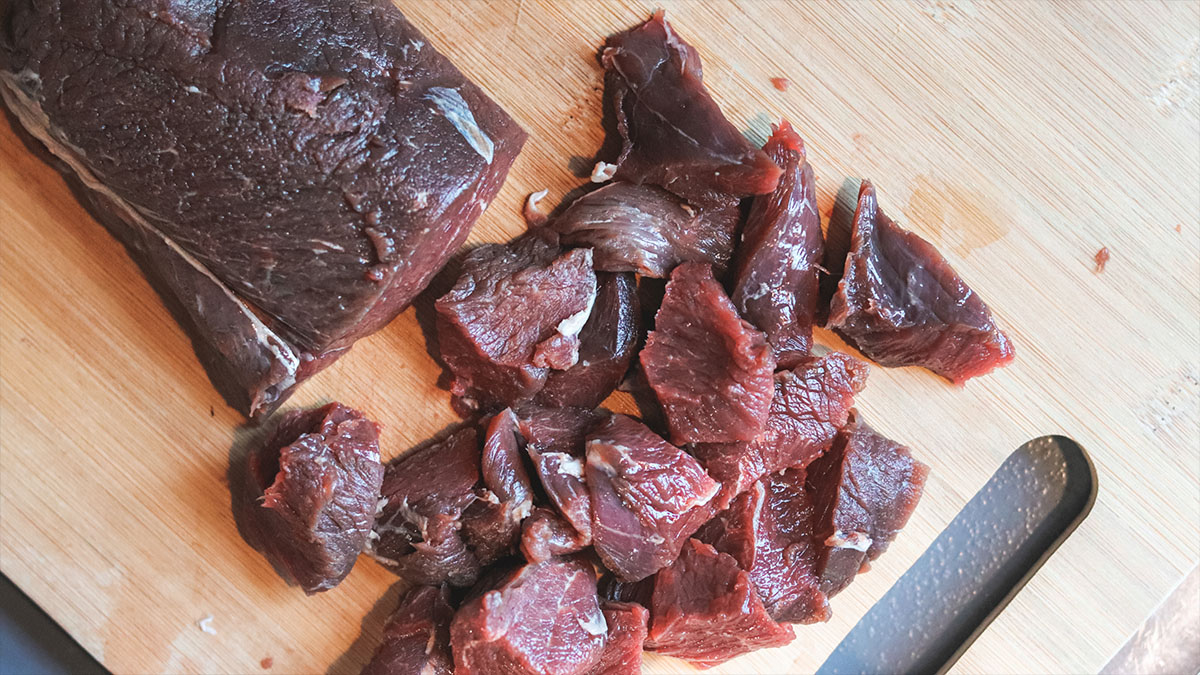
The pursuit of wild game is a hobby filled with old wives’ tales. We’re all familiar with moon theories and barometer philosophies that sportsmen preach in the field, as well as the cooking concepts that they bring to the kitchen.
The problem is that too many of these “common knowledge” statements have been accepted as scripture. Instead, let’s consult science to separate fact from fiction, and tackle if rutting bucks actually taste like hell.
In the beef industry, cattle that have been overly stressed leading up to butcher are called dark-cutters. Those hunks of meat are typically sent to packing plants and kept off of retail shelves. This takes hours of unusual stress to affect meat quality, which is why less than 1 percent of cattle are rendered this way.
But what qualifies as stress to livestock? In studies that deal with quality of beef, the stressors typically include fighting, traveling, electric prodding, tight quarters, excessive exercise, temperature changes, noise and interacting with strange animals. Research has ultimately determined that the biggest cause of dark-cutters is the fighting and interaction with strange animals at the slaughtering facility, while the other stressors played a minimal role.
This seems to align with how bucks spend early November: beating up on each other and encountering deer they normally wouldn’t. But is that really the same as a steer grinding it out with another steer in a small pen? I don’t think so.
Cattle were domesticated some 10,000 years ago. Part of that process was constantly selecting oxen that were more timid and easier to control. Deer, on the other hand, are built to endure cold Novembers where they battle for breeding rights. It seems like sparring would hardly be considered stress for them.
That’s not to say some other form of stress couldn’t turn venison bad, though. Some bucks will literally die from the strain of the rut, which means it’s not unthinkable that their meat could taste worse this time of year.
There’s also the possibility that an unclean kill could stress a buck out to the point it becomes a dark-cutter. This is more likely to happen with deer that get gut shot and take hours to expire, or bucks that catch lead from multiple hunters on a deer drive. However, this wouldn’t mean the rut is to blame.
If it’s similar to beef and pork, only 1 percent of deer would be affected so traumatically that they’d become inedible.
That doesn’t seem to align with the number of guys who claim to have eaten rancid, rutting bucks, though. It would require you to kill 100 deer to get one of that quality, which I don’t think many have done.
The reality is that the taste and tenderness of your meat is often a reflection of how you take care of it. For example, a young doe shot in September that isn’t gutted right away and rides behind the exhaust of a pickup is going to taste way worse than an old buck shot in November that’s immediately dressed and hung in a cooler.





Conversation